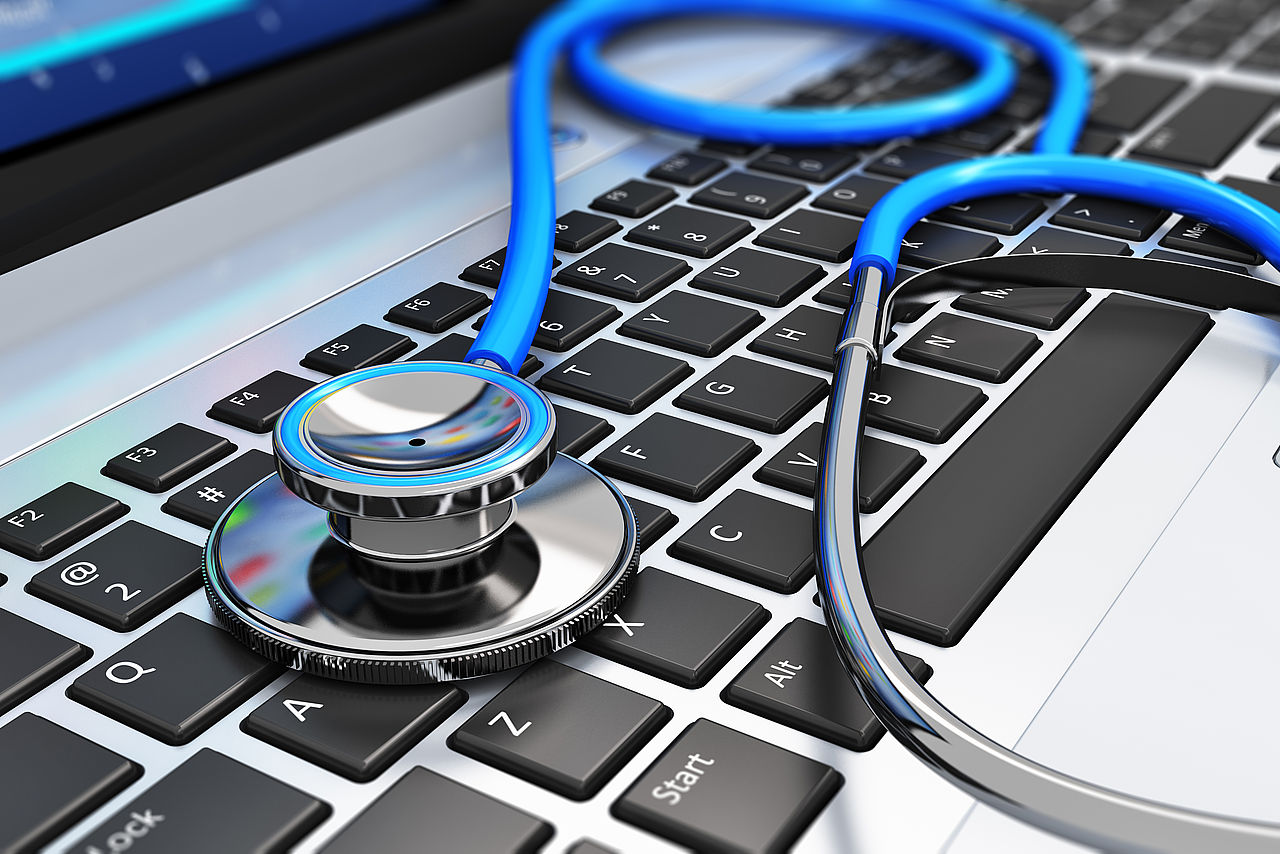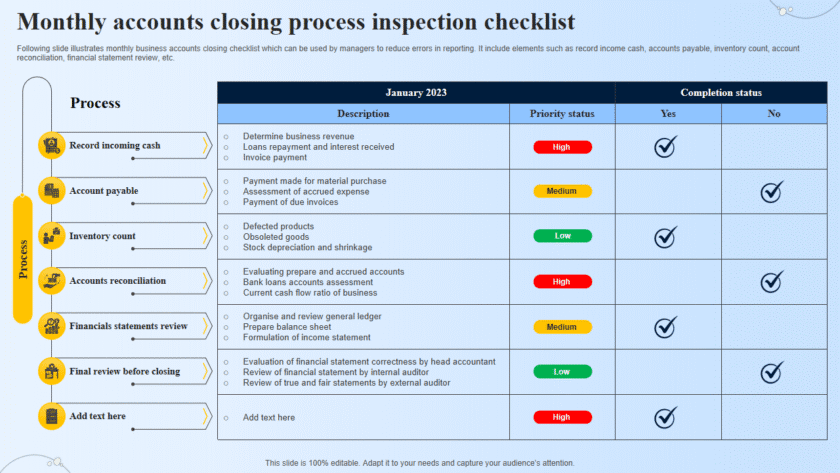How to Keep Your PC and Mobile Devices Secure
To secure your PC and mobile devices, use strong, unique passwords and multi-factor authentication, keep your operating system and software updated, install and maintain reputable antivirus/anti-malware software, be wary of suspicious links and attachments, lock your devices when unattended, use device encryption, and back up your data regularly to a secure cloud service or external drive.
🔹 1. Keep Your Software Updated
- Enable automatic updates for Windows, macOS, Android, and iOS.
- Always update browsers, apps, and security tools.
- Updates patch vulnerabilities hackers can exploit.
🔹 2. Use Strong Passwords and Authentication
- Create unique, long passwords (12+ characters, mix letters, numbers, symbols).
- Don’t reuse the same password across sites.
- Use a password manager (e.g., Bitwarden, 1Password, LastPass).
- Turn on Two-Factor Authentication (2FA) wherever possible.
🔹 3. Install Security Software
- PC: Use antivirus/anti-malware tools (Windows Defender is decent; add Malwarebytes for extra protection).
- Mobile: Use reputable security apps, especially if you download apps outside official stores.
- Enable built-in firewalls.
🔹 4. Be Careful on Public Wi-Fi
- Avoid logging into sensitive accounts on free Wi-Fi.
- If you must, use a VPN to encrypt your traffic.
- Disable auto-connect to Wi-Fi networks.
🔹 5. Secure Your Devices Physically
- Set up screen lock (PIN, password, fingerprint, or Face ID).
- Enable Find My Device (Android: Find My Device / iPhone: Find My iPhone).
- Don’t leave devices unattended in public places.
🔹 6. Safe Browsing Habits
- Don’t click on suspicious links in emails, texts, or social media.
- Check URLs before entering login details.
- Avoid pirated apps and software (they often carry malware).
- Use browsers with ad/tracker blocking (Brave, Firefox, or Chrome with uBlock Origin).
🔹 7. Backup Your Data
- Regularly backup files to an external drive or cloud service (Google Drive, OneDrive, iCloud).
- Ransomware or theft can wipe your data, but backups keep you safe.
🔹 8. Encrypt and Protect Sensitive Data
- Use BitLocker (Windows) or FileVault (Mac) for disk encryption.
- On mobile, encryption is usually enabled by default.
- Don’t store sensitive passwords or documents in plain text.
🔹 9. App and Permission Control
- Only download apps from Google Play Store or Apple App Store.
- Review app permissions (camera, location, microphone, contacts).
- Uninstall apps you don’t use.
🔹 10. Stay Alert
- Learn to spot phishing attempts.
- Watch for unusual device behavior (sudden slowdown, strange popups, high data usage).
- Regularly review security settings on both PC and phone.
✅ Bottom Line:
Keeping your PC and mobile devices secure requires a mix of good habits, strong tools, and regular updates. Think of it as building multiple layers of defense—if one fails, others will protect you.






